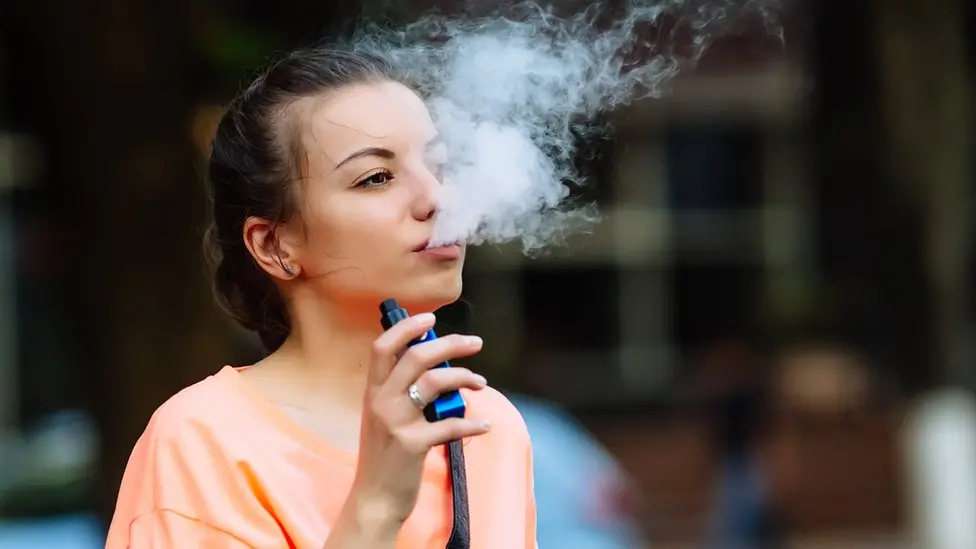How are the vaping rules changing?
How are the vaping rules changing?
In recent years, vaping has become increasingly popular among young people, sparking concerns over its potential health risks. As a result,…

How are the vaping rules changing?
In recent years, vaping has become increasingly popular among young people, sparking concerns over its potential health risks. As a result, governments around the world have been implementing stricter regulations on the sale and marketing of vaping products.
One of the most significant changes is the ban on flavored e-cigarettes, which are often seen as appealing to younger users. This move aims to reduce the attractiveness of vaping to teenagers and prevent them from developing a nicotine addiction.
Another important development is the requirement for vape shops to obtain licenses in order to sell their products. This measure is intended to ensure that retailers are following the necessary safety and quality standards.
In addition, there has been a push for more transparent labeling on vaping products, including information about the ingredients and potential health risks associated with their use. This is aimed at helping consumers make more informed decisions about their vaping habits.
Furthermore, some countries have restricted the advertising of vaping products in an effort to prevent them from being marketed to young people. This includes limitations on where and how these products can be promoted.
Overall, the vaping rules are changing to address the growing concerns surrounding the use of e-cigarettes, especially among the youth. It is important for both governments and individuals to stay informed about these regulations and comply with them to promote public health and safety.





